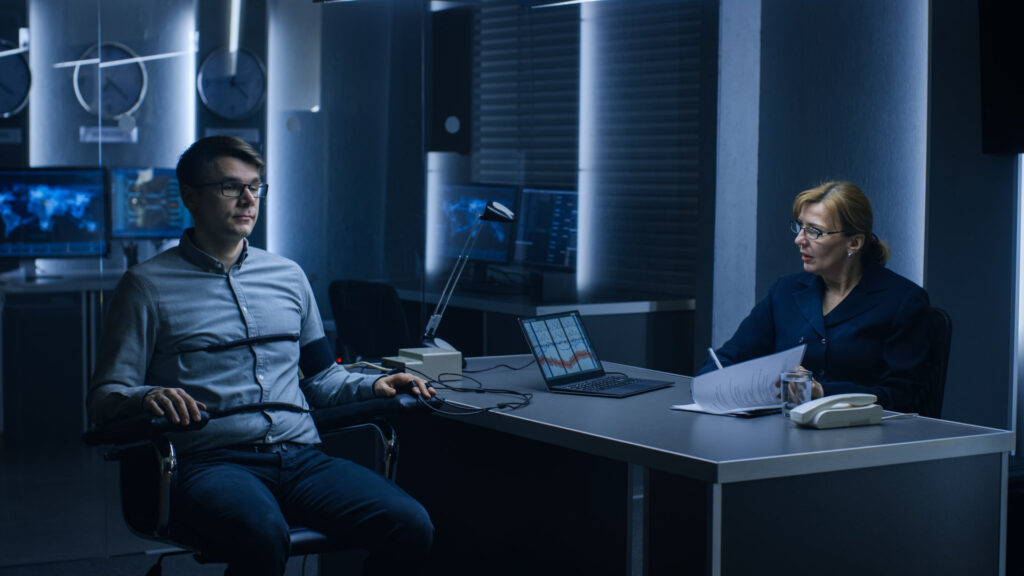In the dynamic landscape of forensic science, the Polygraph Services has emerged as a tool with a profound impact on the investigation of truth. This exploration delves into the evolution of the Polygraph Services, tracing its historical roots, scrutinizing its technological advancements, and evaluating its transformative influence on forensic investigations.
The Polygraph Services, colloquially known as the lie detector, finds its origins in the early 20th century when medical researcher William Moulton Marston developed the systolic blood pressure test. Since then, the technology has undergone a series of refinements, incorporating measures of physiological responses such as heart rate, respiratory rate, and galvanic skin response. These advancements have aimed to enhance the accuracy and reliability of the Polygraph Services in detecting deception.
Over the years, the Polygraph Services has become an integral tool in forensic investigations, employed in criminal cases, employment screenings, and national security assessments. Its ability to monitor physiological changes associated with stress has made it a valuable instrument for law enforcement agencies seeking to discern the veracity of statements and uncover hidden truths. However, the use of Polygraph Services results as evidence in court remains a subject of debate, with legal systems grappling with questions of admissibility and reliability.
Technological innovations have propelled the evolution of Polygraph Services examinations. Computerized Polygraph Servicess now provide more nuanced data analysis, offering a comprehensive view of physiological responses. Additionally, the integration of artificial intelligence and machine learning has introduced a new dimension to deception detection, promising increased accuracy and reduced susceptibility to countermeasures.
Despite its widespread use, the Polygraph Services faces persistent skepticism and criticism. Critics argue that the physiological responses it measures are not exclusive to deception, and factors such as anxiety or medical conditions can confound results. As forensic science continues to advance, researchers explore complementary technologies, including neuroimaging and voice analysis, to supplement or replace traditional Polygraph Services methods.
In conclusion, the evolution of the Polygraph Services has been marked by technological innovation and its integration into the fabric of forensic investigations. Its impact on legal proceedings and the quest for truth is undeniable, yet challenges persist in validating its results and addressing ethical considerations. As forensic science marches forward, the story of the Polygraph Services unfolds beyond the lines, navigating a complex terrain where science, law, and truth intersect.


